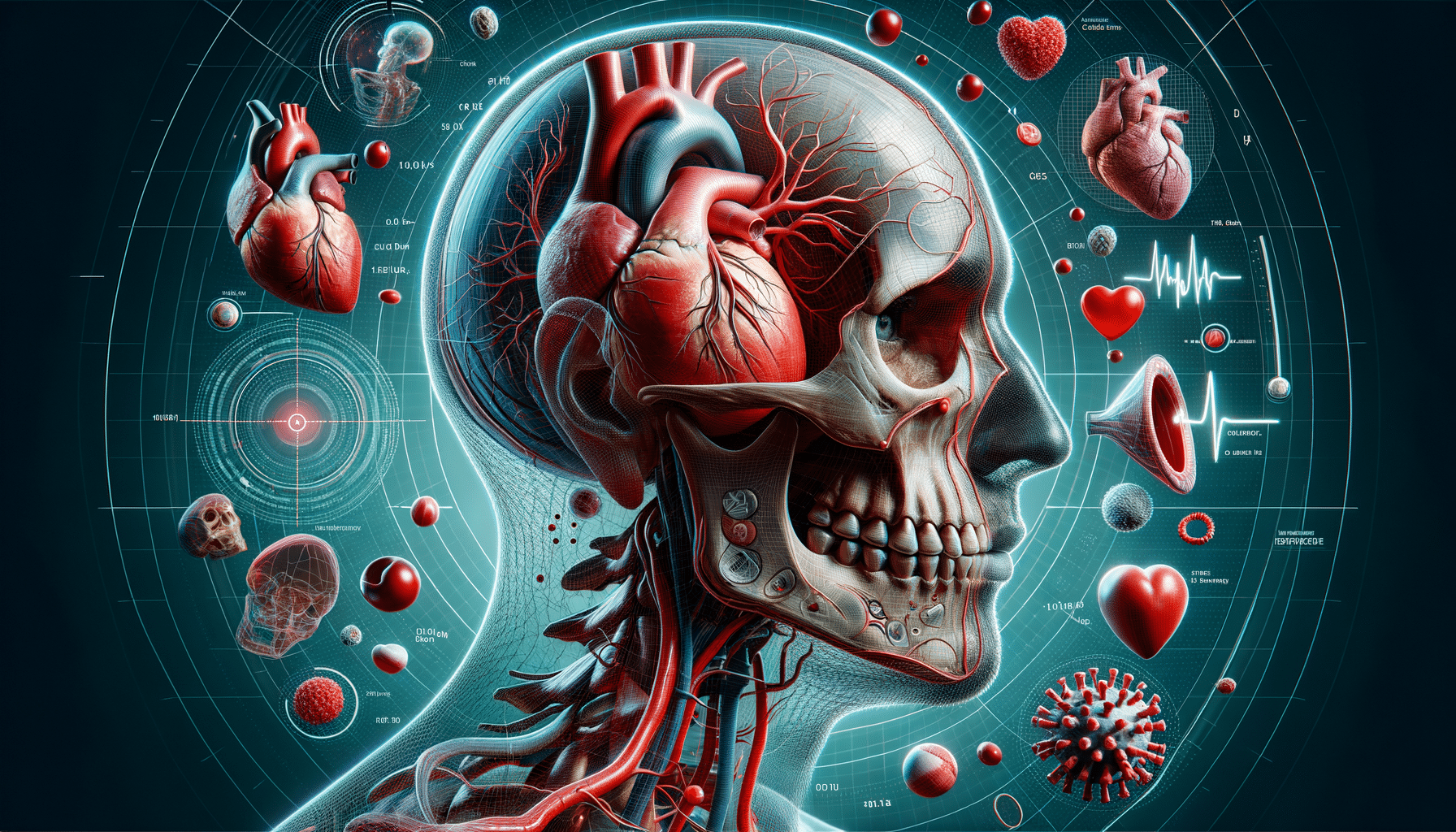
Heart Health: Common Warning Signs Discussed in Public Resources
Understanding Heart Attacks
Heart attacks, medically known as myocardial infarctions, occur when blood flow to a part of the heart is blocked for an extended period, causing damage to the heart muscle. This blockage is often due to a buildup of fat, cholesterol, and other substances, which form a plaque in the coronary arteries. The heart is a vital organ, tirelessly working to pump blood throughout our bodies, and any disruption in its function can have serious consequences.
The significance of understanding heart attacks lies not only in their prevalence but also in their preventability. According to global health statistics, heart disease remains one of the leading causes of death worldwide. Public resources emphasize the importance of recognizing early warning signs and adopting a heart-healthy lifestyle. The impact of heart attacks is profound, affecting not only the individual but also families and communities. Awareness and education are crucial in mitigating the risks associated with heart attacks.
Common Warning Signs
Recognizing the warning signs of a heart attack can be lifesaving. Public resources often highlight several symptoms that should not be ignored. These symptoms can vary between individuals, but common indicators include:
- Chest pain or discomfort: Often described as a feeling of pressure, squeezing, fullness, or pain in the center or left side of the chest.
- Shortness of breath: This may occur with or without chest discomfort and can be a critical warning sign.
- Discomfort in other areas: Pain or discomfort may radiate to the arms, back, neck, jaw, or stomach.
- Cold sweat, nausea, or lightheadedness: These symptoms can accompany the more classic signs of a heart attack.
It is important to note that symptoms can differ between men and women. Women, in particular, may experience symptoms such as nausea, vomiting, and back or jaw pain more frequently than men. Public health campaigns stress the importance of seeking medical attention immediately if any of these symptoms are present, as timely intervention can significantly improve outcomes.
Risk Factors and Prevention
Understanding the risk factors associated with heart attacks is essential for prevention. Public resources often categorize these risk factors into two groups: modifiable and non-modifiable. Modifiable risk factors are those that individuals can change or manage, such as:
- High blood pressure: Managing blood pressure through diet, exercise, and medication can reduce risk.
- High cholesterol: Adopting a heart-healthy diet low in saturated fats can help maintain healthy cholesterol levels.
- Smoking: Quitting smoking is one of the most effective ways to reduce heart attack risk.
- Obesity: Maintaining a healthy weight through balanced nutrition and regular physical activity is crucial.
Non-modifiable risk factors include age, family history, and gender. While these cannot be changed, awareness allows for proactive measures in managing other risk factors. Public resources advocate for regular health screenings and consultations with healthcare providers to monitor and address these risks effectively.
Emergency Response and Treatment
In the event of a heart attack, swift action is critical. Public resources emphasize the importance of calling emergency services immediately if a heart attack is suspected. Time is of the essence, and the quicker medical intervention is received, the better the chances of survival and recovery.
Treatment for a heart attack can involve several strategies, including medications to dissolve clots, reduce heart workload, and manage pain. In some cases, surgical procedures such as angioplasty or coronary artery bypass grafting may be necessary to restore blood flow to the heart. The choice of treatment depends on the severity of the heart attack and the individual’s overall health.
Post-treatment, cardiac rehabilitation programs are often recommended to help patients recover and reduce the risk of future heart attacks. These programs typically include supervised exercise, education on heart-healthy living, and counseling to reduce stress and improve mental health. Public health initiatives continue to promote awareness of these resources to support heart attack survivors in their recovery journey.
Living a Heart-Healthy Lifestyle
Adopting a heart-healthy lifestyle is a proactive approach to preventing heart attacks. Public resources provide a wealth of information on lifestyle changes that can significantly impact heart health. Key components of a heart-healthy lifestyle include:
- Balanced diet: Emphasizing fruits, vegetables, whole grains, and lean proteins while limiting processed foods, sodium, and sugar.
- Regular physical activity: Engaging in at least 150 minutes of moderate aerobic exercise each week.
- Stress management: Incorporating relaxation techniques such as meditation, yoga, or deep breathing exercises into daily routines.
- Avoiding tobacco and limiting alcohol: Both have detrimental effects on heart health, and moderation or cessation is advisable.
Heart health is a lifelong commitment, and public resources play a pivotal role in educating and empowering individuals to make informed decisions. By fostering a culture of awareness and prevention, communities can work together to reduce the incidence of heart attacks and improve overall health outcomes.